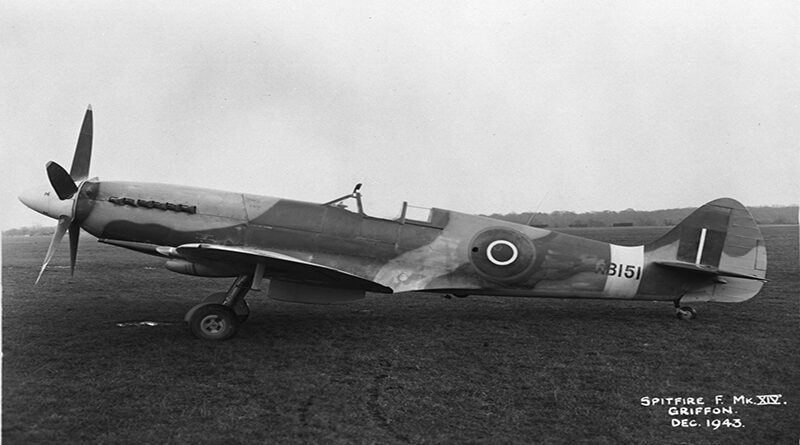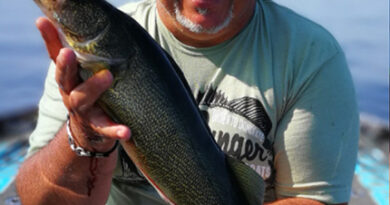THE ROYAL CANADIAN AIR FORCE: 100 YEARS OF MILITARY FLYING
With the outbreak of the Great War in 1914, Canadians joined Britain’s Royal Flying Corps (RFC) and Royal Naval Air Service (RNAS) because Canada had had no air force. By war’s end, approximately 23,000 had flown with those arms, and another 13,000 had served as aircrew. About 14,000 Canadian flyers died during the Great War, including Peterborough’s Lt. Frederick Arthur Huycke (RNAS). Several Canadians became top-scoring Allied “aces”, including Roy Brown (credited with shooting down Germany’s “Red Baron”). Three Canadian fliers – Wallace Algie, Billy Bishop, and Alan McLeod – were awarded Victoria Crosses.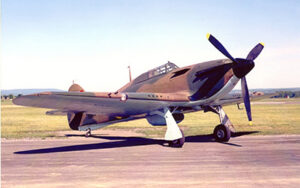
The beginning of a “Canadian Air Force” (CAF) was formed in Britain by the transfer of personnel to two all-Canadian Royal Air Force (RAF) squadrons – but the armistice came before they saw action. In 1919, this fledgling organization was expanded via a British gift of aircraft, vehicles, and other equipment. Camp Borden (now CFB Borden) was re-established as the CAF’s training centre. On 1 April 1924, the CAF became the Royal Canadian Air Force (RCAF), with a blue-grey uniform and air force ranks replacing CAF’s Army ones.
By 1945, the RCAF had 37 home defense squadrons, 48 squadrons overseas, and an international training programme – the Commonwealth Air Training Plan. Also recruited was a 17,000-strong wartime Women’s Division, of which my aunt was a member. At war’s end, Canada had the world’s fourth largest air force with 215,000 uniformed personnel. Over 18,000 RCAF members died in service during this war.
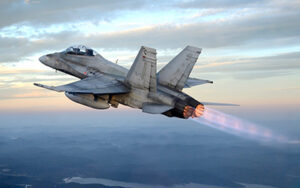 RCAF units served in the Korean War, and were an important component of NATO and NORAD during the Cold War. In 1968, the Canadian military was unified and the RCAF became “Air Command” of the Canadian Armed Forces. In 2011, the RCAF’s name, ranks, and (blue) uniform colour were reinstated. The CAF motto, “Sic itur ad astra” (“Such is the pathway to the stars”) replaced the RCAF’s previous motto “Per ardua ad astra” (“Through adversity to the stars”).
RCAF units served in the Korean War, and were an important component of NATO and NORAD during the Cold War. In 1968, the Canadian military was unified and the RCAF became “Air Command” of the Canadian Armed Forces. In 2011, the RCAF’s name, ranks, and (blue) uniform colour were reinstated. The CAF motto, “Sic itur ad astra” (“Such is the pathway to the stars”) replaced the RCAF’s previous motto “Per ardua ad astra” (“Through adversity to the stars”).
Whether through adversity (“ardua”) or on a pathway (“itur”), the RCAF continues to reach for the stars.
Note: The National Air Force Museum of Canada (http://www.airforcemuseum.ca/), at CFB Trenton, is a great place to experience the RCAF’s history.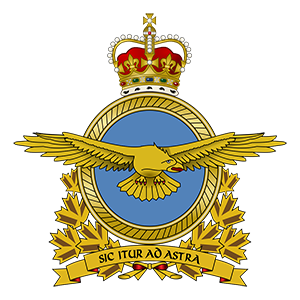
By: Don Willcock,
The Peterborough Museum & Archives,
300 Hunter St E, Peterborough 705-743-5180
www.peterboroughmuseumandarchives.ca

